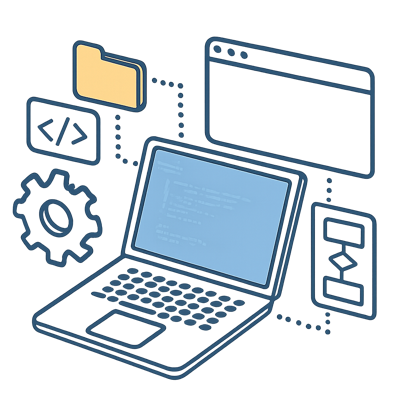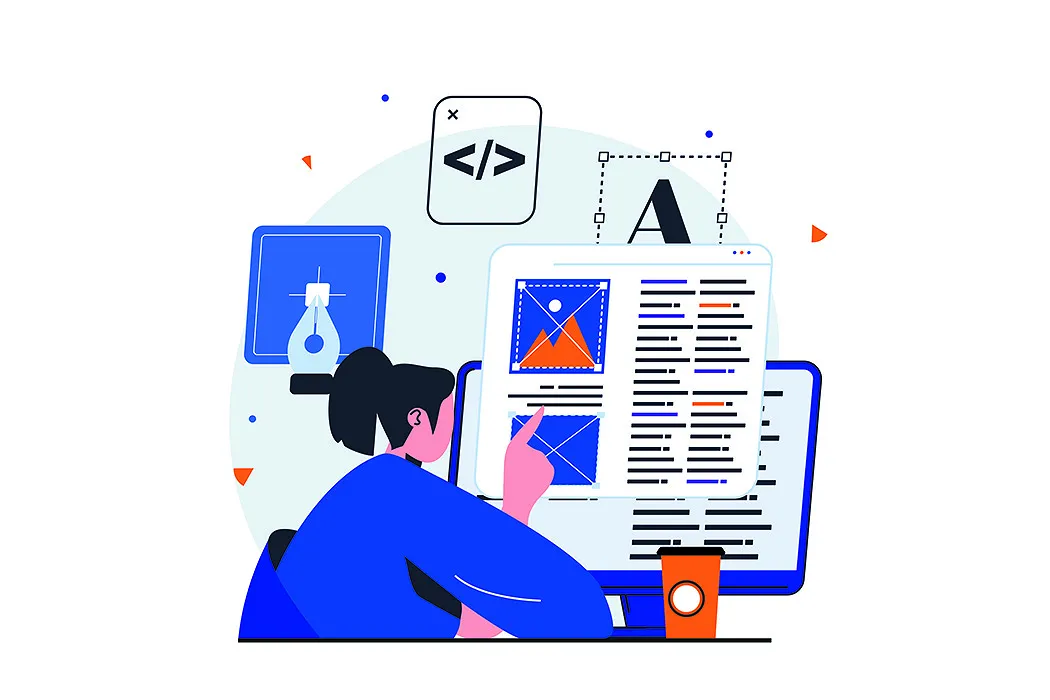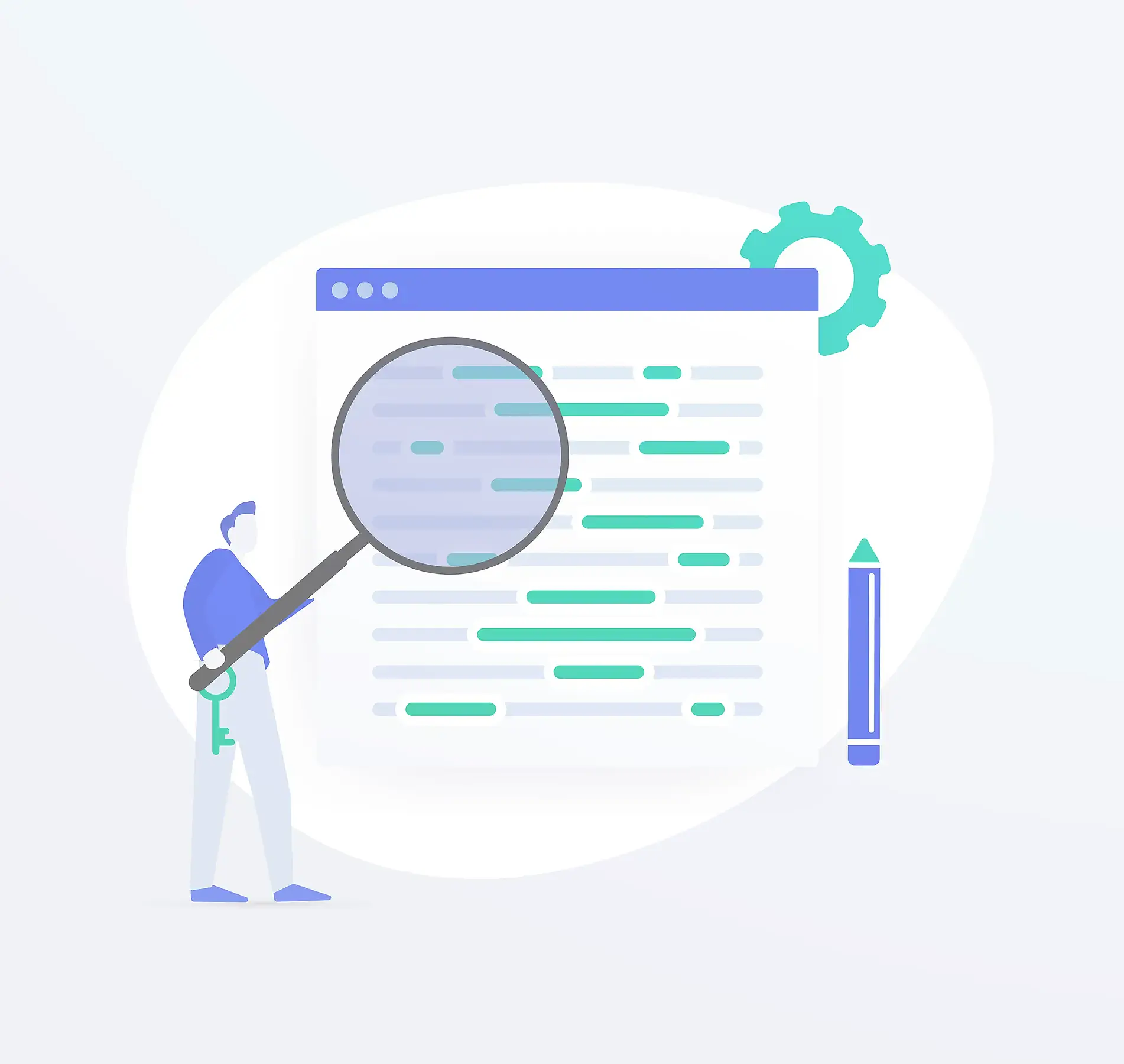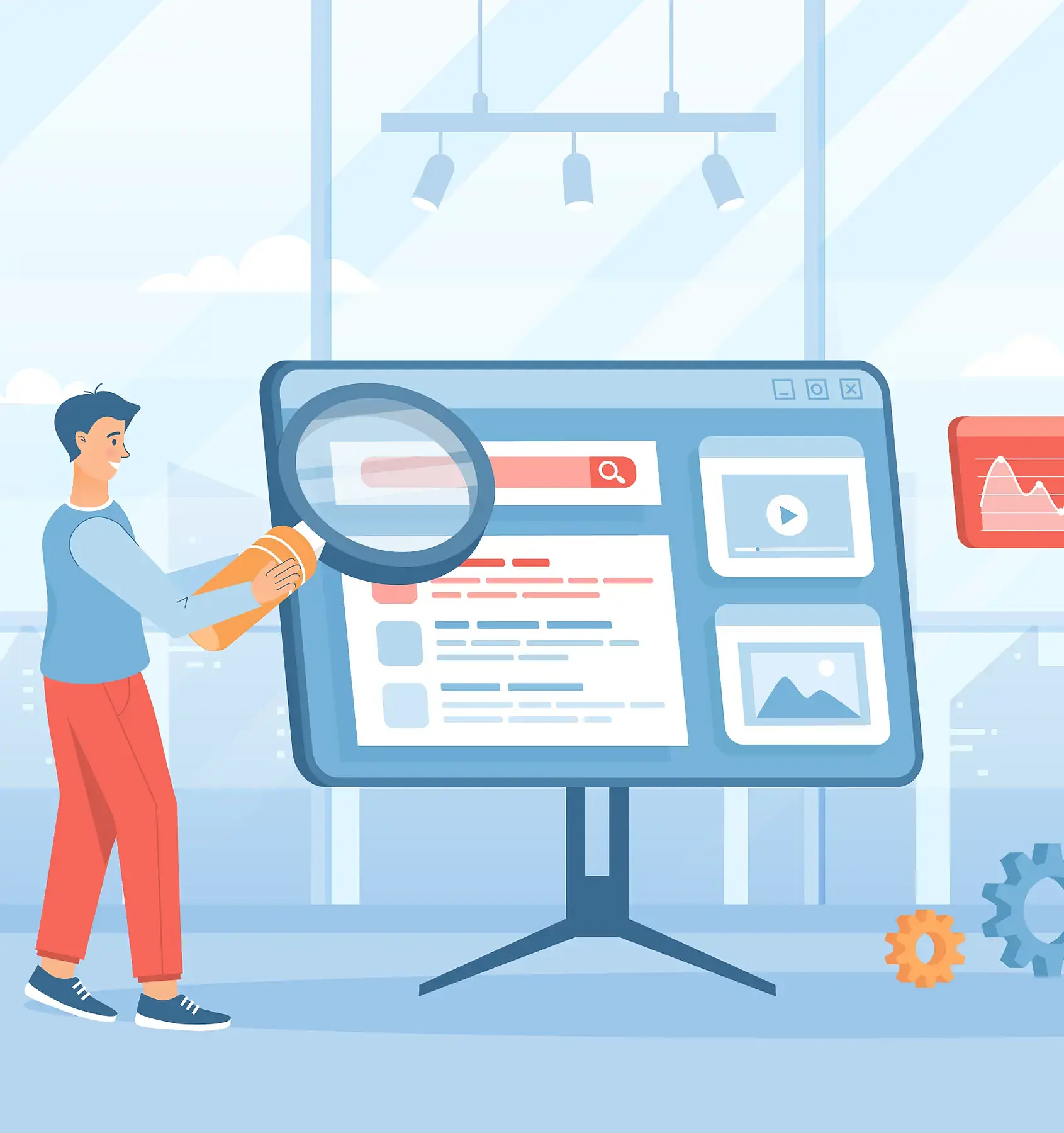Development Approaches and Code Quality
Your project runs on code. Its quality determines business stability and time-to-market speed. When code is written chaotically, every new feature becomes a long-term task, and bug fixes turn expensive and unpredictable. With a well-structured codebase, the team grows faster, implements new features without delays, and the product runs reliably.


Principles and Standards
Code without principles quickly turns into a maze where developers get lost. To prevent this, we rely on approaches proven across dozens of projects in different industries. They help keep the project in shape, eliminate unnecessary costs, and ensure predictable growth. For the client, this means that introducing new features remains fast even as the system scales.
Main approaches:- SOLID: implemented through interfaces and composition in Go, and through services and repositories in Laravel. This approach allows for precise changes to business logic without rewriting the entire project. For example, in an e-commerce system, it enabled the integration of a new payment module without shutting down the platform.
- DRY, KISS, YAGNI, Separation of Concerns: minimizing duplication, keeping solutions simple, avoiding unnecessary functionality, and maintaining clear separation of responsibilities across layers. This makes onboarding easier for new developers, reduces errors, and accelerates time to market.
- Clean code and unified style: we follow Clean Code principles and use php-cs-fixer, Prettier, and gofmt. This ensures a consistent team style and simplifies code review. For the client, it means independence from any individual developer’s habits and confidence that the project won’t stall due to staff changes.
- Code Review: every change is reviewed. We detect errors, discuss better solutions, and raise the overall technical level of the team. This reduces dependency on individual contributors and ensures consistent quality.
Design Patterns
Without solid architectural decisions, a project eventually starts to crack under load. We use design patterns that make the system flexible and maintainable.
- In Laravel: we apply Service, Repository, DTO, Factory, and Observer patterns. This moves business logic out of controllers, organizes data handling, and accelerates the integration of new modules.
- In Go: we use Strategy to swap algorithms, Command to process actions, Builder to configure entities, and Dependency Injection to isolate dependencies. This combination ensures flexibility and easy maintenance.
- Abstractions: interfaces, value objects, and adapter layers add an extra layer of protection against chaos. The system works like a constructor, where components can be replaced without breaking the foundation.
- Anti-patterns: we identify and eliminate God Object, Spaghetti Code, and unjustified Active Record during code reviews.
Testability and Isolation
Code that cannot be tested is too costly for business. We design architecture so that each component can be verified in isolation and its reliability confirmed. This reduces risks and accelerates releases.
To achieve this, we use mocks and interfaces that replace external dependencies and allow testing of pure business logic. Unit tests validate individual functions, while integration tests show how they interact together. Additionally, we use mutation testing and coverage analysis to ensure tests truly work — not just create an illusion of safety.
As a result, the client gets a system where issues are detected early — at the CI stage. This saves resources, reduces the risk of incidents, and directly protects the product’s reputation.Project Structure
Chaos in structure turns development into a struggle with the code itself. We build architecture that is clear and resilient to change. This simplifies maintenance and scaling.
- Laravel: we use feature-based or layered architecture. The first option works best for dynamic projects, while the second suits large systems with strict hierarchy.
- Go: the structure with
internal,pkg,cmd, anddomainfolders defines responsibilities upfront and speeds up onboarding for new developers. - Business logic separation: controllers remain thin, while business rules are moved into services and DTOs. This prevents chaotic growth and reduces errors in data handling.
Automation Tools
Automation reduces the team’s workload and eliminates the human factor. It speeds up processes and ensures a consistent level of quality at every stage.
- Linters and formatters: gofmt, golangci-lint, eslint, php-cs-fixer, prettier;
- CI/CD integration: GitHub Actions and GitLab CI for automated checks and deployments;
- Pre-commit hooks and auto-fix: developers get instant feedback and fix issues before pushing.
Real Cases
Experience shows that discipline in code delivers measurable business results. We’ve seen this across projects of different scales and industries.
In one project, implementing unified standards allowed the team to double in size within three months without losing speed. The code remained predictable, and new developers quickly integrated into the workflow. In another case, refactoring and architectural separation reduced the number of bugs by 70%, easing the support load and accelerating feature delivery by 40%. In a third case, the introduction of automated pipelines cut the time to market for updates from two weeks to four days, giving the company a competitive advantage.
Issues that once cost hundreds of hours and led to client losses no longer recur. The processes are structured so that such risks are detected early. This proves that discipline in code and architecture is an investment that pays off through growth and stability.
Conclusion
Clean code is the foundation of business resilience. It helps handle growth, load, and new challenges. For the client, this means fewer unpredictable expenses, faster time to market, and protection from user loss due to errors. Development standards translate into time and cost savings — the team works faster, releases are more frequent, and technical debt doesn’t hinder progress.
A solid architecture reduces dependency on individual specialists and makes the project transparent. New team members onboard faster, and the business continues to evolve without disruptions. Product predictability and stability give the company a competitive edge and confidence in long-term investments.
Do you have a good project?
We will be happy to discuss it with you!

















